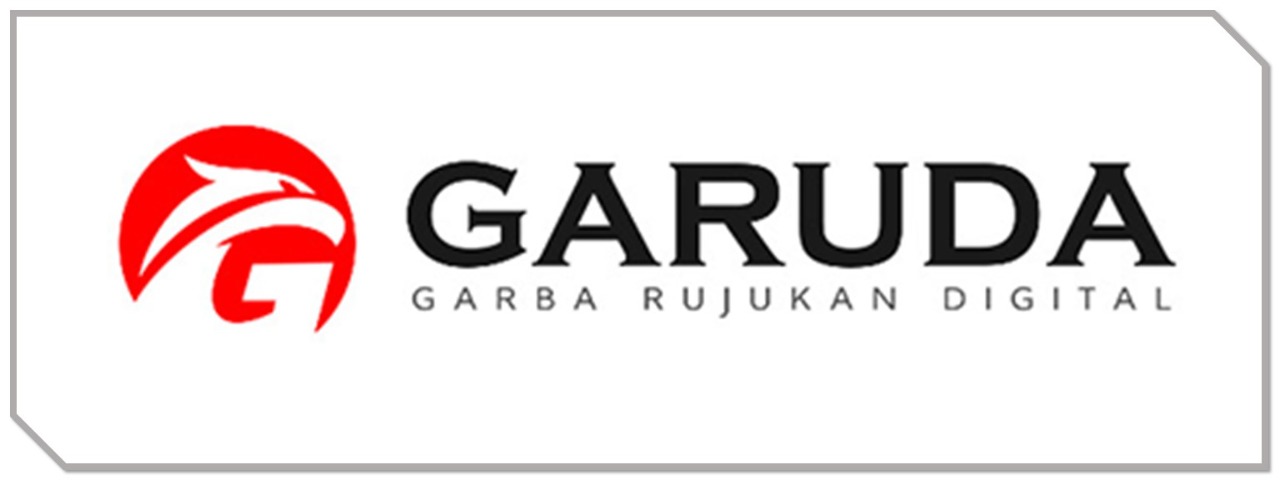Hubungan Kepercayaan Diri Dengan Penyesuaian Diri Siswa Putra Kelas VII SMP Al Musyaffa Kendal
DOI:
https://doi.org/10.51903/bersatu.v1i5.370Keywords:
self-confidence, self-adjustmentAbstract
The background of this research is that class VII students at SMP Al Musyaffa Kendal do not have enough self-confidence to adapt to their environment which affects their learning process at school. Based on a questionnaire about self-confidence that has been distributed it was found that only 18% of students did their assignments on time, students did not know the talents that were in me 42%, students felt inappropriate if appointed to be class leaders 54%, students had difficulty developing talents that 69% owned, and 70% embarrassed to ask. then in the self-adjustment questionnaire it was found that on the item it was difficult to start a conversation with strangers 90%, I had difficulty telling problems 66%, I thought I could not socialize properly 60%, and tended to close myself 75%. From the results of the questionnaire that has been distributed, it shows that there are problems with the self-confidence and self-adjustment of class VII students at SMP Al Musyaffa Kendal. This type of research is a quantitative research with a correlational research design. The research data population is 192 students, covering class VII A-F. The trial sample (Try out) was 29 students of class VII F. The sample in this study were 62 students who were taken by random sampling technique. The data collection tool used is a self-confidence scale and a self-adjustment scale. The results of the hypothesis test in this study used the person product moment correlation test, indicating that the person product moment correlation test of the two variables obtained a significance result of (r) = 0.455. While the value of r table for the number of samples is 62 with a significance level of 5% of 0.240, which means that the two variables have a significant relationship. Because the r count value is 0.455 > r table 0.240 when matched with the interpretation table it shows that the self-confidence variable and the adjustment planning variable have a sufficient level of relationship. From these results indicate that there is a relationship between self-confidence and self-adjustment of class VII male students at SMP AL Musyaffa Kendal.
References
Ahmad Susanto.(2018). Bimbingan dan Konseling di sekolah. Prenadamedia Group: Jakarta.
Ambarini Widjaya. (2017). Hubungan antara percaya diri dengan penyesuaian sosial Siswa Kelas X di SMA Negeri 3 Bantul. Skripsi: Universitas Negeri Yogyakarta.
Babby Hasmayni. (2014). Hubungan Antara kepercayaan diri dengan penyesuaian diri remaja. Volum 6, No.2, hal. (98-104)
Budianti, Y., & Permata, T. (2017). Upaya Meningkatkan Keterampilan Berbicara Dan Percaya Diri Siswa Melalui Metode Bermain Peran (Role Playing) Pada Pelajaran Bahasa Indonesia Siswa Kelas V Sdn Buni Bakti 03 Babelan Bekasi. Jurnal Pedaggik, v(2), 44–56.
Endah Marsha, Syarifuddin Dahlan , & Ratna Widiastuti. (2019). Hubungan Kepercayaan Diri dengan Penyesuaian Sosial Siswa. Lampung: Universitas Lampung
Dita Anjani (2019). Hubungan antara regulasi diri dengan penyesuaian diri pada siswa kejuruan pemasaran di tempat magang. Skripsi: Universitas Semarang
Fandi Rosi Srwo Ed. (2021). Asesmen dan Intervensi Psikososial. Jejak Pustaka: Yogyakarta
Ibnu Ardi. (2018). Hubungan Antara kepercayaan diri dengan Penyesuaian Sosial pada siswa Kelas X di SMK Negeri 1 Kalasan. Skripsi: Univeritas Negeri Yogyakarta
Iskandar Zulkarnain, Sakhyan Asmara, & Raras Sutatminingsih. (2020) Membentuk konse diri melalui budaya tutur: Tinjauan Psikologi Komunikasi. Puspantara: Medan.
Komara, I. B. (2018). Hubungan antara Kepercayaan Diri dengan Prestasi Belajar dan Perencanaan Karir Siswa. Jurnal Psikopedagogia, 5(1), 11.
Lina Indah Priyati. (2018). Hubungan antara Kepercayaan diri dengan Penyesuaian diri Siswa Kelas X Di MAN 01 Blitar
Mutahari, H. (2016). Hubungan Antara Kepercayaan Diri Dengan Kece-Masan Sosial Pada Siswa Kelas VII SMP Negeri 2 Kalasan Ta-hun Ajaran 2015/2016. Jurnal Riset Mahasiswa Bimbingan dan Konseling. 5: 57-59.
Pupu Saeful Rahmat. (2018). Perkembangan Peserta didik. Bumi aksara: Jakarta
Rina Hardiyati. (2018). Hubungan rasa percaya diri dengan prestasi belajar murid Kelas V SD Inpres Bontoala 2 Kecamatan Bontoala Kabupaten Gowa. Skripsi: Universitas Muhamaddiyah Makassar.
Ridha, N. (2017). Proses Penelitian, Masalah, Variabel, dan Paradigma Penelitian. Jurnal Hikmah, 14(1), 62–70. http://jurnalhikmah.staisumatera-medan.ac.id/index.php/hikmah/article/download/10/13
Sarastika, P. (2014). Minder & Grogi. Yogyakarta: Araska.
Sugiyono. (2014). Metode Penelitian Kuantitatif Kualitatif dan R&D. Bandung: Alfabeta.
Sugiyono. (2016). Metodologi Penelitian Pendidikan (Pendekatan Kuantitatif, Kualitatif, dan R&D). Bandung: Alfabeta.
Sugiyono. (2018). Metode Penelitian Kuantitatif. Bandung: Alfabeta.
Sukardi. (2011). Metodologi Penelitian Pendidikan Kompetensi dan Praktiknya. Jakarta: PT Bumi Aksara.
Supardi. (2016). Dasar-dasar Metodologi Penelitian Bimbingan dan Konseling. Yogyakarta: Andi Offset.
Supardi. (2019). Dasar Metodologi Penelitian Pendidikan. Universitas PGRI Semarang.
Susanto, S. (2018). Bimbingan dan Konseling di Sekolah. Jakarta: Prenamedia Group
Syam Asrullah, Amri. (2017). Pengaruh Kepercayaan Diri (Self Confidence) Berbasis Kaderisasi Imm Terhadap Prestasi Belajar Mahasiswa, Vol. 5 No. 1. Jurnal Biotek
Tanjung, Z., & Amelia, S. (2017). Menumbuhkan Kepercayaan Diri Siswa. JRTI (Jurnal Riset Tindakan Indonesia), 2(2), 2–6.











.png)
